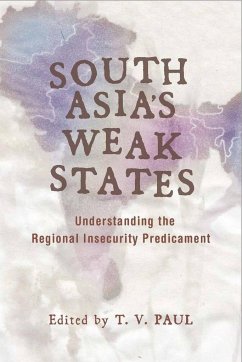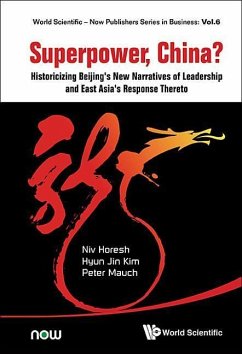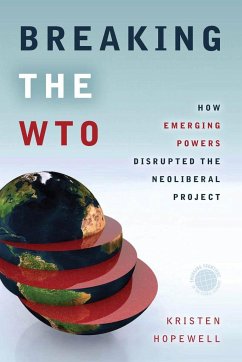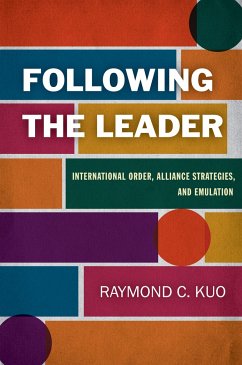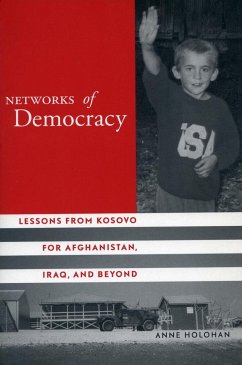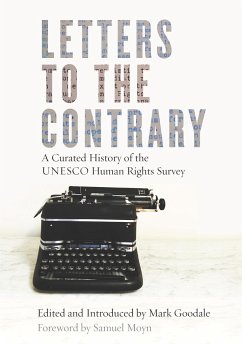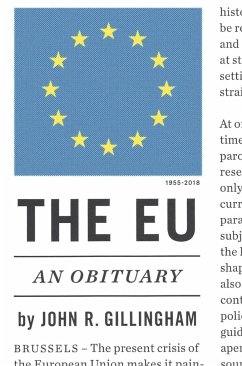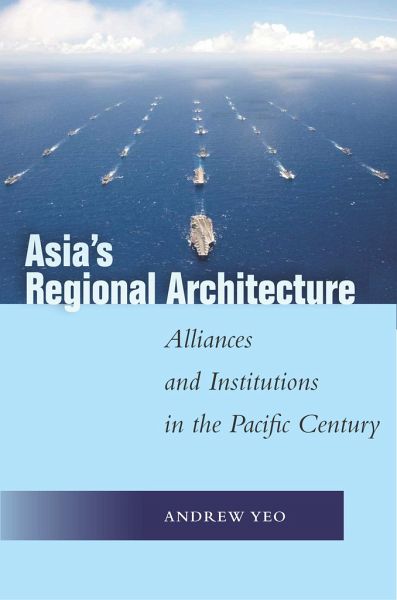
Andrew Yeo
Gebundenes Buch
Asia's Regional Architecture
Alliances and Institutions in the Pacific Century
Versandkostenfrei!
Versandfertig in über 4 Wochen

PAYBACK Punkte
37 °P sammeln!




Andrew Yeo is Associate Professor of Politics at The Catholic University of America in Washington D.C.
Andrew Yeo is Associate Professor of Politics at The Catholic University of America in Washington D.C.
Produktdetails
- Verlag: Stanford University Press
- Seitenzahl: 264
- Erscheinungstermin: 2. April 2019
- Englisch
- Abmessung: 231mm x 160mm x 25mm
- Gewicht: 544g
- ISBN-13: 9781503608443
- ISBN-10: 1503608441
- Artikelnr.: 53538283
Herstellerkennzeichnung
Libri GmbH
Europaallee 1
36244 Bad Hersfeld
gpsr@libri.de
Für dieses Produkt wurde noch keine Bewertung abgegeben. Wir würden uns sehr freuen, wenn du die erste Bewertung schreibst!
Eine Bewertung schreiben
Eine Bewertung schreiben
Andere Kunden interessierten sich für


